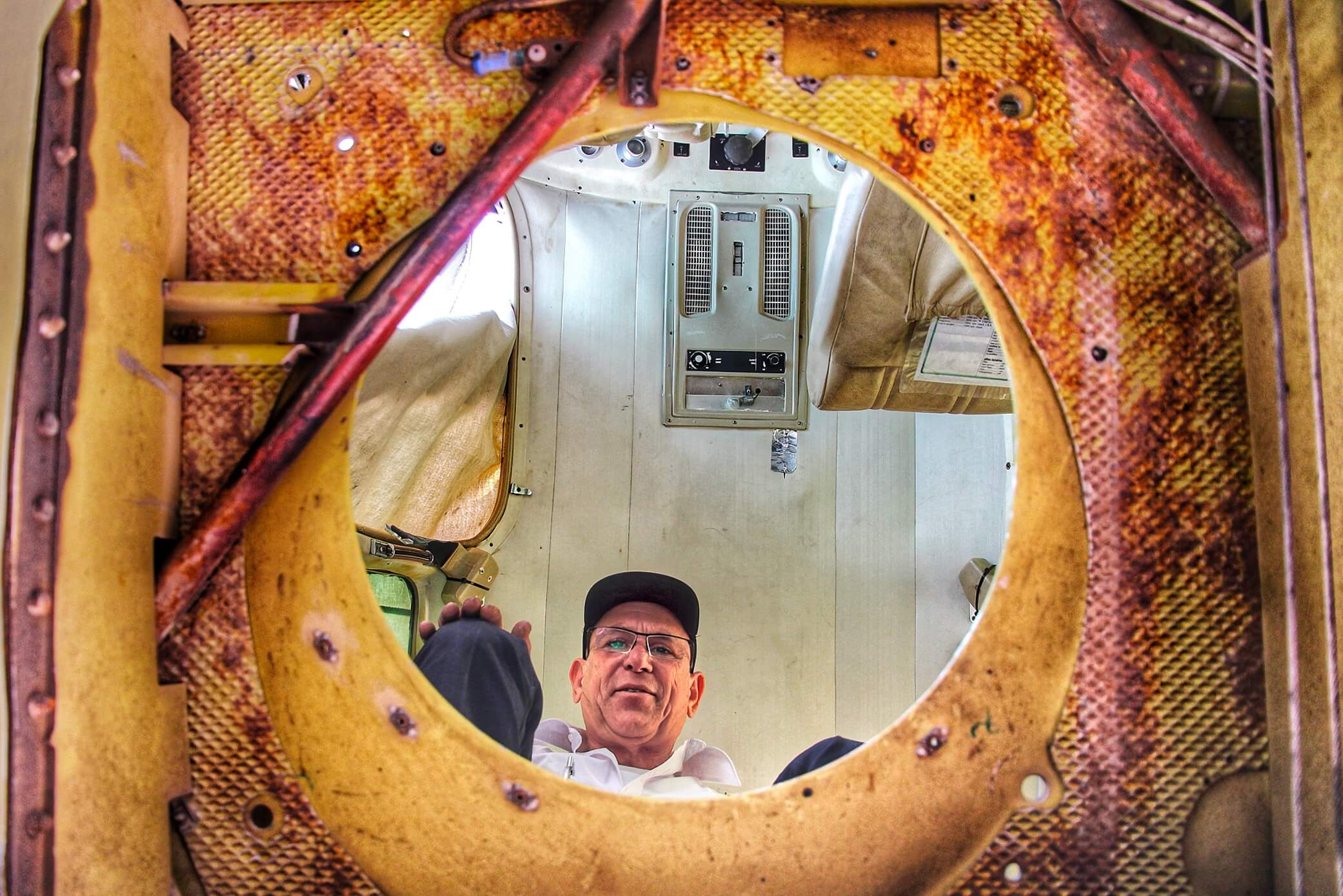The field of experimental flights is wide and varied. In it is an operating framework designated for the performance of calibration of radars and airborne systems. In essence, it is the use of an aircraft for the acquisition of pre-defined coordinates, while recording the flight for the purpose of documenting different parameters and their comparison with the data acquired by the designated system (ground or airborne). The comparison between the data collected by the system with those recorded on the flight enables to calibrate and fix “observing” deviations by the system which needs calibration.
Calibration flights for airborne systems
Many airborne systems have independent operational capabilities when operating under pre-planning of a certain flight profile. The basis for these systems’ independence lies in their interfacing with ground anchor points which are situated in a coordinate that is authentic and is part of the global coordinate network. For example, an aerial mapping system that was defined with pre-planned photography lines, will often be required to first perform a crossline which is defined as a performance line for calibration. This same crossline will be planned according to a physical target in the fields, whose coordinates are known and tested (usually by professional ground measurements). After performing the crossline flight, the aerial mapping system examines the position of the line according to the pre-defined coordinates, and this way we get validation for the relative position of the other flight lines planned to be performed. Such systems can be calibrated before performing the lines or right after. It is preferable to choose a coordinate for calibration which is relatively near the work area planned for the other lines. This is done to avoid a calibration error which can stem from a slight deviation that gets wider as you move further away from the planned work zone.
Calibration flights for ground systems
Many ground systems which are designed to intercept, observe, monitor or detect objects moving in an aerial space need frequent calibration in order to reliably characterize the position of these objects. The best method to calibrate such systems is to perform a calibration flight in which there is a pre-defined flight profile and which passes through pre-defined coordinates. At the same time, a recording of the flight is performed by a recorder on the aircraft. Such recordings contain parameters such as time, speed, altitude, acceleration, absolute position, relative position and others. Usually there is a constant air-ground communication between the ground system and the aircraft. The purpose of this communication is to direct the aircraft towards specific points in real-time in order to test the accuracy of receiving the ground system. In the field of calibration of ground systems there is a wide range of performance demands from a certain aircraft, such as slow and low flights, fast and high flights, long straight lines or short ones, round flight profiles and many others. To each system, with its specific characteristics, a suitable aircraft will be matched to perform the calibration optimally and authentically.

Target Flights
Target flights perform a simulation of an aerial unit moving in space for a wide variety of purposes, such as calibration, radar and ground antennae, calibration of airborne systems opposite additional aircraft, testing of maintaining communication and reception.
LIFEAIR operates an organized array for dispatching target flights with a wide selection of platforms to suit all clients in the market, for fast flights, one and dual-engine piston planes for slow flights, helicopters and jet aircraft, and other aircraft to complete all flight outlines required by the client.
The operation of aircraft is done out of all airports or air fields that are legal in Israel.
Beyond the operational coordination needed to perform target flights, LIFEAIR provides its customers with a service package that includes a flight recording system, DGPS with high levels of accuracy and low sensitivity to GPS disruptions, ground-air communication between land crews and the plane by VHF communication systems, both mobile and stationary, and a civil position transponder which enables the presentation of the plane’s position in real-time.
LIFEAIR will make sure the right aircraft with the right equipment will be matched to each client’s request in order for the activity to be performed at the highest level.